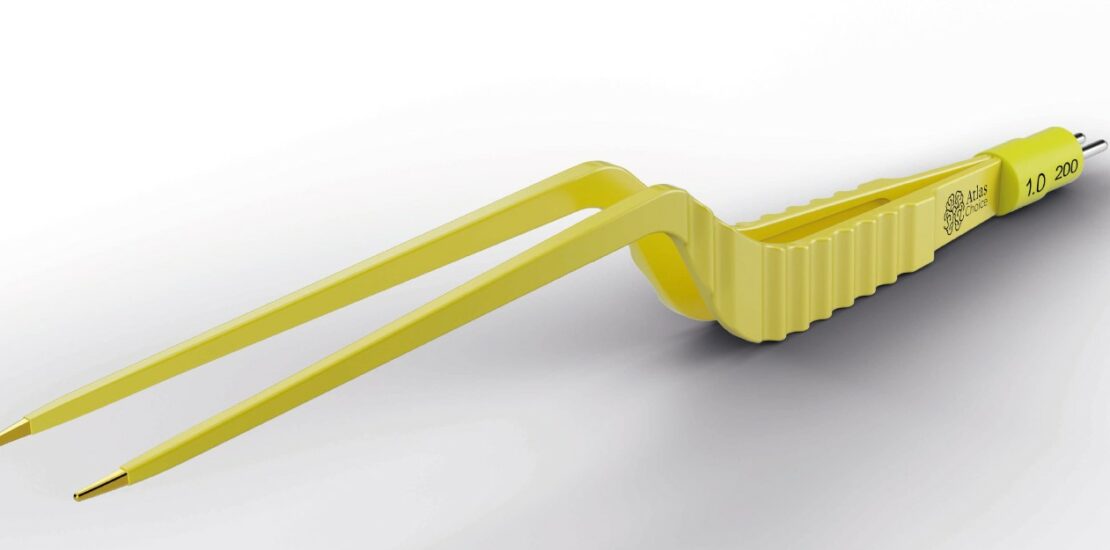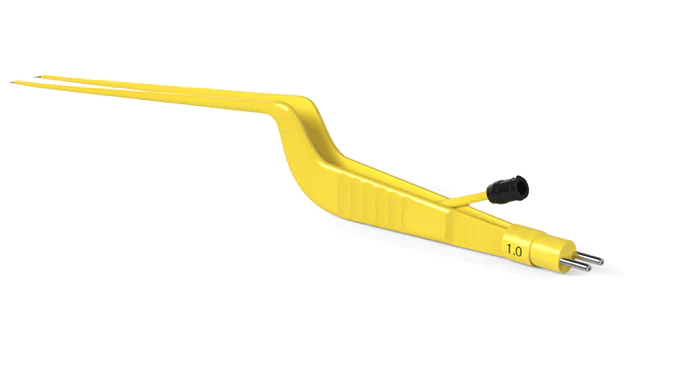- November 20, 2023
- Posted by: American Surgical
- Categories: Blog, Neurosurgery

Reusable Versus Disposable: The Differences Explained
Bipolar forceps are a common surgical tool used to coagulate tissue during surgery. The forceps are designed to pass an electrical current through the tissue to seal blood vessels, preventing blood loss during the operation. There are two main types of bipolar forceps: disposable and reusable. While both types serve the same purpose, there are some notable differences between them.
Disposable bipolar forceps are designed for single-use, and are typically made of lower-cost materials like plastic or lower-grade metal alloys. They are intended to be used once and then discarded, eliminating the need for sterilization and reducing the risk of cross-contamination. Disposable forceps are ideal for surgical procedures that require a high level of sterility, such as those involving the brain, spine, or other delicate areas. They are also useful in cases where the surgeon is working with infectious or contagious diseases, as they can be disposed of immediately after use.
One of the primary benefits of disposable bipolar forceps is that they are very convenient to use. They come pre-packaged and sterilized, making them easy to store and transport. They also save time and money on cleaning and sterilization processes, as they can be simply disposed of after use. However, disposable forceps can be more expensive in the long run than reusable ones, as they must be constantly replaced.

Reusable bipolar forceps, on the other hand, are made of higher-quality materials such as stainless steel, titanium, or tungsten. They are designed to be sterilized and used multiple times, reducing the cost of purchasing new instruments over time. Reusable forceps are typically more durable than their disposable counterparts, making them ideal for long-term use in surgeries that require a high level of precision and control.
One of the primary benefits of reusable bipolar forceps is that they are more cost-effective in the long run. While they require more time and money to clean and sterilize after each use, their durability means that they can be used many times before needing to be replaced. Reusable forceps are also more environmentally friendly than disposable ones, as they produce less waste.
However, there are some potential drawbacks to using reusable bipolar forceps. The cleaning and sterilization process can be time-consuming and costly, and if not done correctly, can lead to the spread of infection. Reusable forceps also require a higher level of maintenance than disposable ones, and may require repairs or replacement if damaged or worn down over time.
Ultimately, the choice between disposable and reusable bipolar forceps will depend on the specific needs of the surgeon and the surgical environment. Disposable forceps are ideal for situations where sterility is critical. Regardless of which type of forceps is used, it is important to follow proper cleaning and sterilization procedures to ensure the safety of both the patient and the surgical team.
Leave a Reply
You must be logged in to post a comment.
